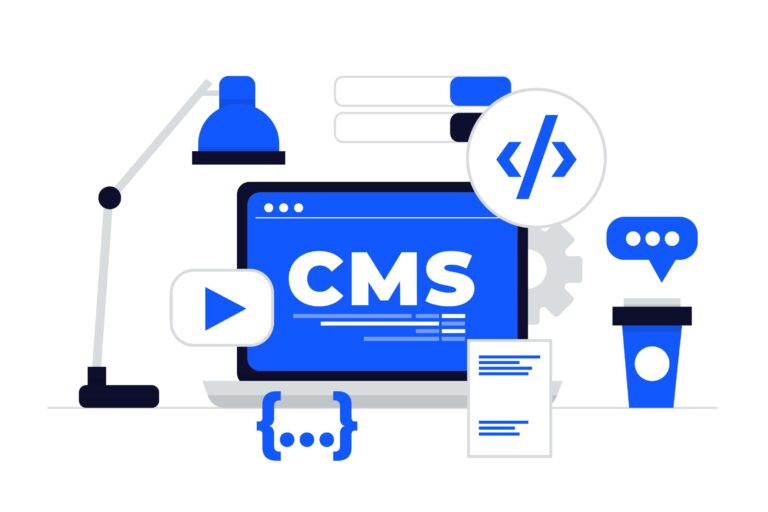Effective Marketing Guide To Product Launch
What is a Product Launch Strategy?
Think of your product launch strategy as a roadmap – it guides you from pre-launch preparation all the way to post-launch adjustments. A well-crafted strategy positions your product for success by:
- Boosting Brand Awareness: Strategic planning generates excitement and anticipation, increasing brand recognition. Imagine Apple’s product launches – they’re practically media events, creating massive buzz and consumer interest.
- Reaching Your Target Audience: Thorough market research helps you understand your audience, allowing you to tailor messaging and marketing channels to reach the right people at the right time. This targeted approach attracts potential customers and drives sales.
- Gaining a Competitive Edge: A well-executed launch helps you stand out from competitors and positions your product as a market leader. Highlight your product’s unique value proposition to capture market share and build a loyal customer base.
- Maximizing Initial Sales: A successful launch generates significant initial sales, laying a strong foundation for long-term growth. Studies show products launched on time and within budget have a 45% higher chance of meeting first-year sales goals.
- Gathering Valuable Customer Feedback: A product launch is a golden opportunity to collect customer feedback and insights. Use this data to refine your product, improve customer satisfaction, and inform future development.
Benefits of a Product Launch Strategy
A well-defined launch plan can be your secret weapon for market success. Here’s how meticulous planning can benefit you:
- Increased brand awareness
- Reaching your target audience effectively
- Gaining a competitive edge
- Maximizing initial sales
- Gathering valuable customer feedback
- Establishing a strong foundation for future growth
Key Components of a Successful Product Launch Strategy
A successful product launch strategy is like a well-oiled machine, where every part functions flawlessly to ensure your product hits the market with a bang. Here are the key components:
- Market Research:
Market research is the bedrock of any stellar product launch strategy. Dive deep, uncovering your target market’s secrets, spotting opportunities and threats, and making informed decisions throughout the launch. Effective research involves gathering and analyzing data from various sources like:
- Industry reports and statistics
- Competitor analysis
- Customer surveys and interviews
- Focus groups
- Social media listening
Investing time and resources into market research equips you with a treasure trove of insights into your audience’s needs, preferences, and behaviors. This intel helps you craft a product that not only solves their problems but also stands out in the crowd.
- Target Audience:
Identifying your ideal customer is crucial for a successful launch strategy. Without knowing who your target audience is, your marketing efforts might be ineffective. Here’s how to define your target audience:
- Analyze your product: What problem does it solve? Who’s most likely to face this problem?
- Demographics: Age, gender, income, location of these potential customers
- Psychographics: Their interests, values, and behaviors
Once you have a sketch of your target audience, validate those assumptions with market research. Use data from:
- Surveys and interviews with potential customers
- Data analysis from your existing customer base
- Competitor audience studies
- Social media analysis
By pulling data from these sources, you can craft detailed buyer personas that paint a vivid picture of your ideal customers. These personas should cover:
- Demographics
- Pain points and challenges
- Goals and aspirations
- Preferred communication channels
- Buying behaviors and decision-making processes
Understanding your target audience allows you to fine-tune your messaging, marketing channels, and product features to hit the bullseye.
- Value Proposition:
A compelling value proposition is your secret weapon for a successful product launch. It spells out the unique benefits and value your product brings to the table, making it a no-brainer for your target audience and setting you miles apart from the competition. Here’s how to craft a value proposition that packs a punch:
- Zero in on your audience’s pain points: Know the struggles and challenges your target audience faces. Your value proposition should speak directly to these pain points, showing how your product is the ultimate problem-solver.
- Show off unique features and benefits: Highlight what makes your product special and how it translates into real-world benefits. Whether it’s saving time, boosting efficiency, or just making life easier, make it clear how your product delivers.
- Stand out from the crowd: Do your homework on the competition and pinpoint what makes your product different. Use these unique selling points to make your value proposition irresistible.
- Keep it snappy and clear: Your value proposition needs to clear.
4. Pre-Launch Campaign
A well-executed pre-launch campaign can generate excitement and build anticipation for your product. Here are some strategies to consider:
- Create teaser content: Hint at the upcoming product without revealing too much. This can generate curiosity and excitement.
- Partner with influencers: Collaborate with influencers in your niche to promote your product.
- Build an email list: Collect email addresses from potential customers and keep them informed about the launch.
- Leverage social media: Create engaging content on social media to build buzz and generate excitement.
- Set up a landing page: Create a dedicated landing page where visitors can sign up for updates or pre-orders.
5. Post-Launch Strategy
Once your product is launched, it’s important to continue your marketing efforts and monitor performance. This includes:
- Tracking key metrics: Monitor sales, customer acquisition, retention rates, and user engagement.
- Gathering customer feedback: Collect feedback through surveys, reviews, and social media interactions.
- Iterating and optimizing: Use customer feedback to improve your product and marketing strategies.
- Engaging with your community: Foster a strong community around your product by responding to customer inquiries and engaging with social media followers.
6. Leverage AI-Powered Tools
AI can be a valuable asset in your product launch strategy. Consider using AI-powered tools for tasks such as:
- Content creation: Generate product descriptions, blog posts, and social media content.
- Market research: Analyze market trends and identify target audiences.
- Customer segmentation: Group customers based on their characteristics and preferences.
- Personalized marketing: Deliver tailored messages to individual customers.
7. Measure and Analyze
Track the performance of your product launch and make adjustments as needed. Use analytics tools to measure key metrics and identify areas for improvement.
Additional Tips
- Start planning early: Give yourself plenty of time to develop a comprehensive launch strategy.
- Collaborate with your team: Involve key stakeholders in the planning and execution of your launch.
- Set realistic expectations: Don’t expect overnight success. It may take time to build momentum and achieve your goals.
- Be prepared to adapt: Be flexible and willing to make changes as needed based on feedback and market conditions.
By following these steps and leveraging the power of AI, you can increase the chances of a successful product launch and set your business up for long-term growth.






